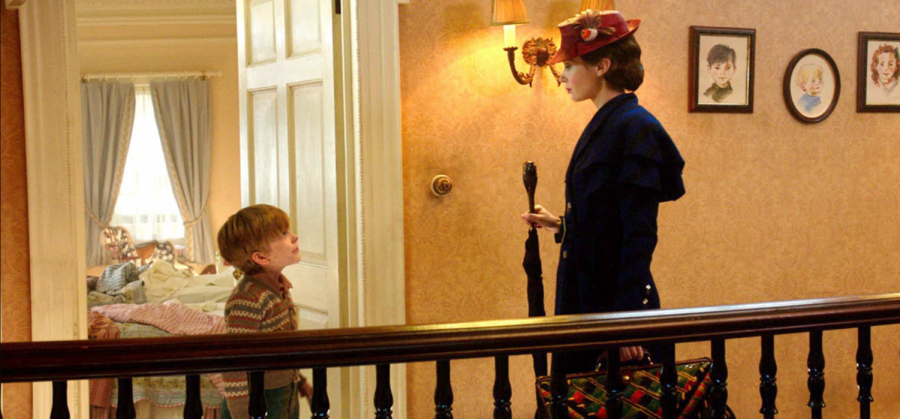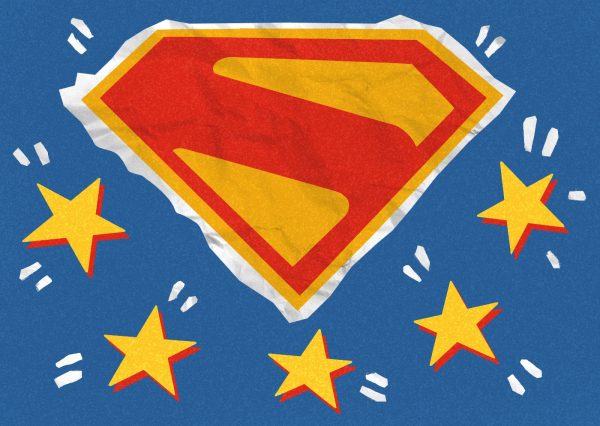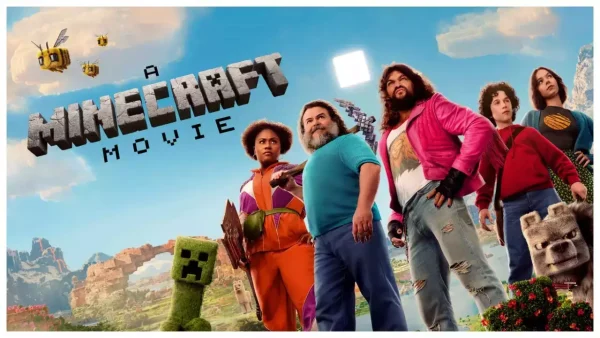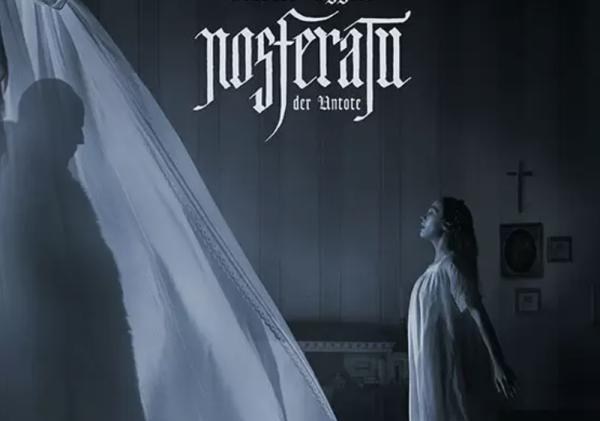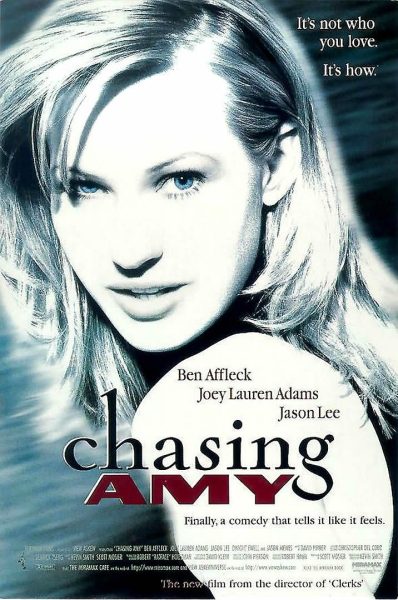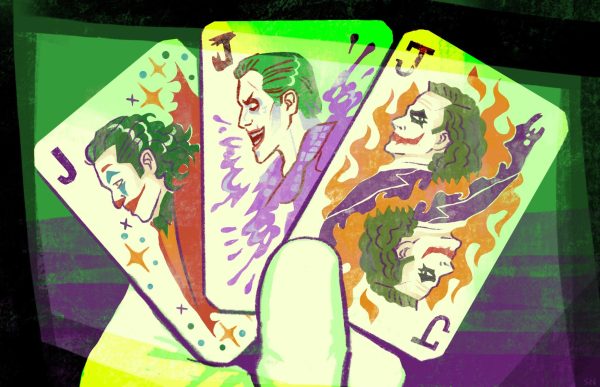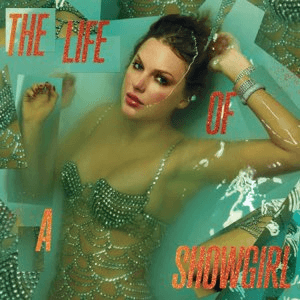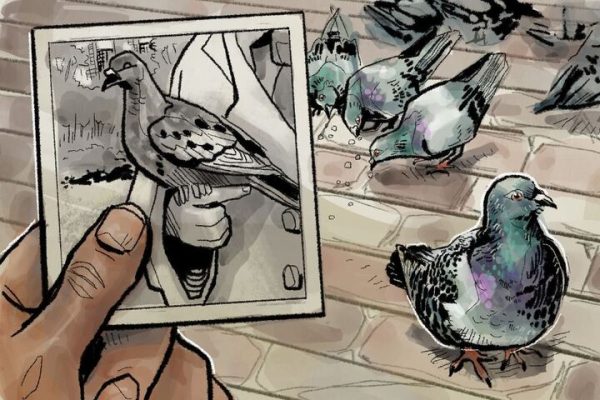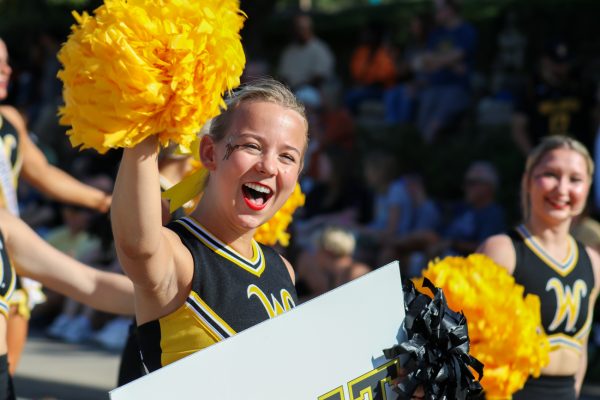‘Mary Poppins Returns’ with more magic than ever
Amidst the overload of Disney remakes, prequels, and sequels, “Mary Poppins Returns” is the only one that feels absolutely necessary. While others films like “Solo” have been an obvious ploy to bring in the blockbuster bucks, “Mary Poppins Returns” was released with a very different purpose — giving some much-needed childhood joy to those lost in the shuffle of the modern-day mundane.
While Mary Poppins is certainly a children’s movie, the film has a much deeper lesson to share. The film guides its central characters, the children of the Banks family, through their experience of growing up in a single-parent household. Deftly tackling financial corruption and labor rights along the way, “Mary Poppins Returns” stands as a reminder to keep fighting the good fight.
The children who grew up watching the original “Mary Poppins” have grown into adults, leaving their supercalifragilisticexpialidocious days behind. This movie assures viewers that there is always a little bit of magic within all of us. Sometimes, all it takes is an old friend to reawaken that spirit.
Watching it in the theater, I couldn’t stop smiling. I can’t remember the last movie I watched that emulated so much joy and childhood bliss. I had forgotten that films (and life, in general) could be this abundantly colorful. In such a way, “Mary Poppins Returns” is practically an act of service to its modern audience.
The cast of this film is so abundantly spectacular that it feels like it’s been ripped from an all-star draft. It’s as if the casting crew spun a wheel of notable celebrities and cast whoever the needle landed on. The star-studded cast features Emily Blunt, Lin-Manuel Miranda, Meryl Streep, Colin Firth, Dick van Dyke, Ben Whishaw, and cameos from many other beloved faces of the film industry.
Blunt’s performance is one that needs to be seen as well as heard. While her vocals glide effortlessly through the score, the true highlight of her performance is in her composure and careful use of expression. By creating her own version of the classic nanny rather than trying to emulate Julie Andrews’s interpretation, Blunt succeeds wildly at the heart of the remake.
Miranda shines as the film’s blue collar hero, Jack. Much of the film has an obvious Lin-Manuel influence on it, particularly his rap verses in “A Cover Is Not The Book” and “Trip a Little Light Fantastic.” “Trip a Little Light Fantastic” is this film’s equivalent to the original’s “Supercalifragilisticexpialidocious,” and the track has Miranda’s signature style written all over it.
Aside from the score and the cast, this film is as visually dreamy as a Poppins movie should be. With graphics that mirror a child’s boundless imagination, two scenes from the film in particular stand out. The bath scene in “Can You Imagine That?” kick starts the film with a bubbly, ocean-blue adventure. The Banks children dive into a magical underwater seascape. Even when the magic winds down, a peachy sailboat waits for them atop the shore to take them onto their next adventure. The entire scene is accented with vivid color that is playful and without being overdone.
Later on, Mary and Jack lead the Banks children down into their late mother’s decorative bowl. The surroundings transform from a realistic domestic set into a scene sketched entirely in the style of old school Disney animation. As a clear tribute to the horse-racing scene in the original, this moment is by far the most nostalgic of the entire film. The Disney of our childhoods is back to reminisce — talking penguins and all.
This film is a must watch for anyone who feels like they’ve lost touch with the side of themselves that is a little playful, ridiculous, curious, and giggly. The mark of a great film is leaving the theater differently than how you walked in. “Mary Poppins Returns” reignited something within me that I can only call a little light fantastic.



